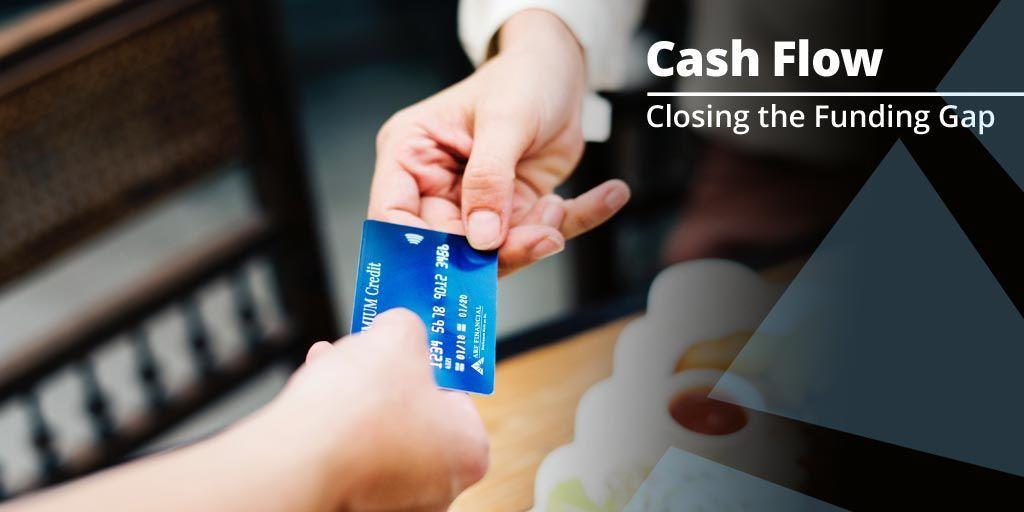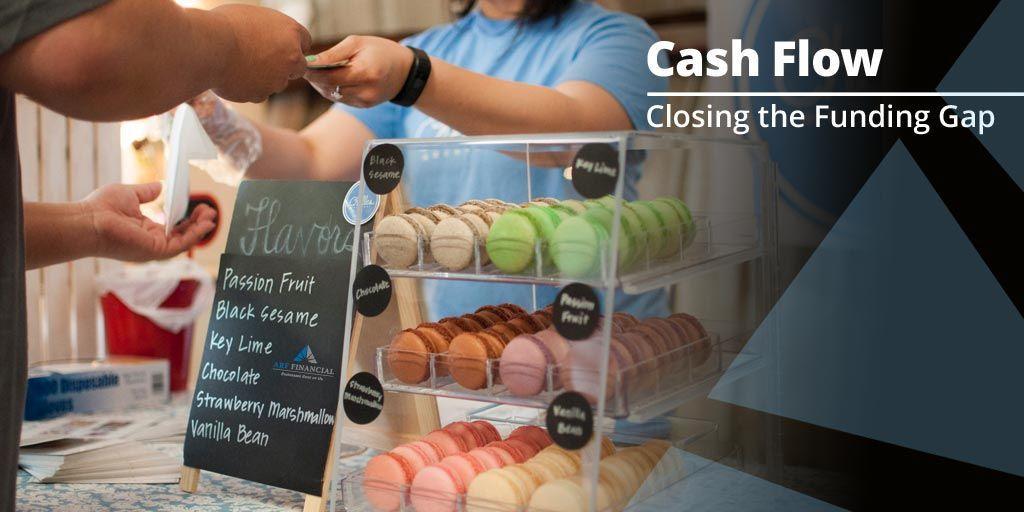Understanding Your Restaurant’s Cash Flow
 Restaurant Cash Flow
Restaurant Cash Flow
You’ve likely heard all the gloomy statistics about restaurant failure rates, such as that 90% fail in the first year (this has, in fact, been debunked). Although new studies show the failure rates aren’t nearly as dismal as originally reported, that’s not to say you, as a restaurant owner, shouldn’t be cautiously aware of the possibility. One of the biggest reasons small businesses fail is a lack of cash. Having a robust understanding of your restaurant cash flow and how to manage it are essential parts to managing your finances and keeping your small business in the green.
What Is Cash Flow?
Simply put, cash flow is the amount of money flowing in and out of your business every month (or day, week, or year). Cash comes in from customers, cash goes out to pay for the essentials you need to run your restaurant. That being said, just as you budget in your personal life for home and living expenses, the same should ring true for your business. To manage your restaurant cash flow, it’s critical to budget accordingly for rent, utilities, food orders, payroll, etc.
Cash flow, in essence, is almost like your business checking account. You’re in a “positive cash flow” scenario if you’re bringing in more money than you’re taking out; if more cash is going out than coming in, you’re in a “negative cash flow” and will need help to cover overdrafts. This type of situation isn’t uncommon in the startup world—new businesses will often need working capital to cover cash shortages, which can come in the form of a loan or line of credit (ARF can help you with that).
The Importance of Reporting
They’re not glamorous, but keeping detailed reports of your sales, payroll, food orders, etc. can help you build a history of your business. This type of information will be helpful year over year as you look to increase staff or bulk up your food orders, as you’ll be able to analyze sales trends, customer counts and predict future sales. You’ll have a real pulse on your business’s ups and downs, which is critical to understanding your cash flow.
Take your menu for instance: If you’re tracking the sales of your dishes year over year, it’s easy to view what’s selling and what’s not. Remove the items that aren’t as popular and introduce a new dish to test out!
Another benefit to keeping detailed reports comes into play when we talk about payroll. You’ll need enough staff on-hand to cover the front and back of the house, but unnecessary overstaffing can lead to you spending more on payroll. It also means your servers will see less tips. Reference your historical business reviews to ensure you staff accordingly for that particular time period—you’ll likely save money in the long run.
Whether you find yourself in a cash-flow crunch or are perhaps looking to expand your restaurant but don’t want to dip into your cash reserves to do so, the experts at ARF Financial are here to help. With a simple funding process, ARF offers flexible loan terms up to 36 months, affordable rates, and no need for collateral. APPLY NOW for your offer!


